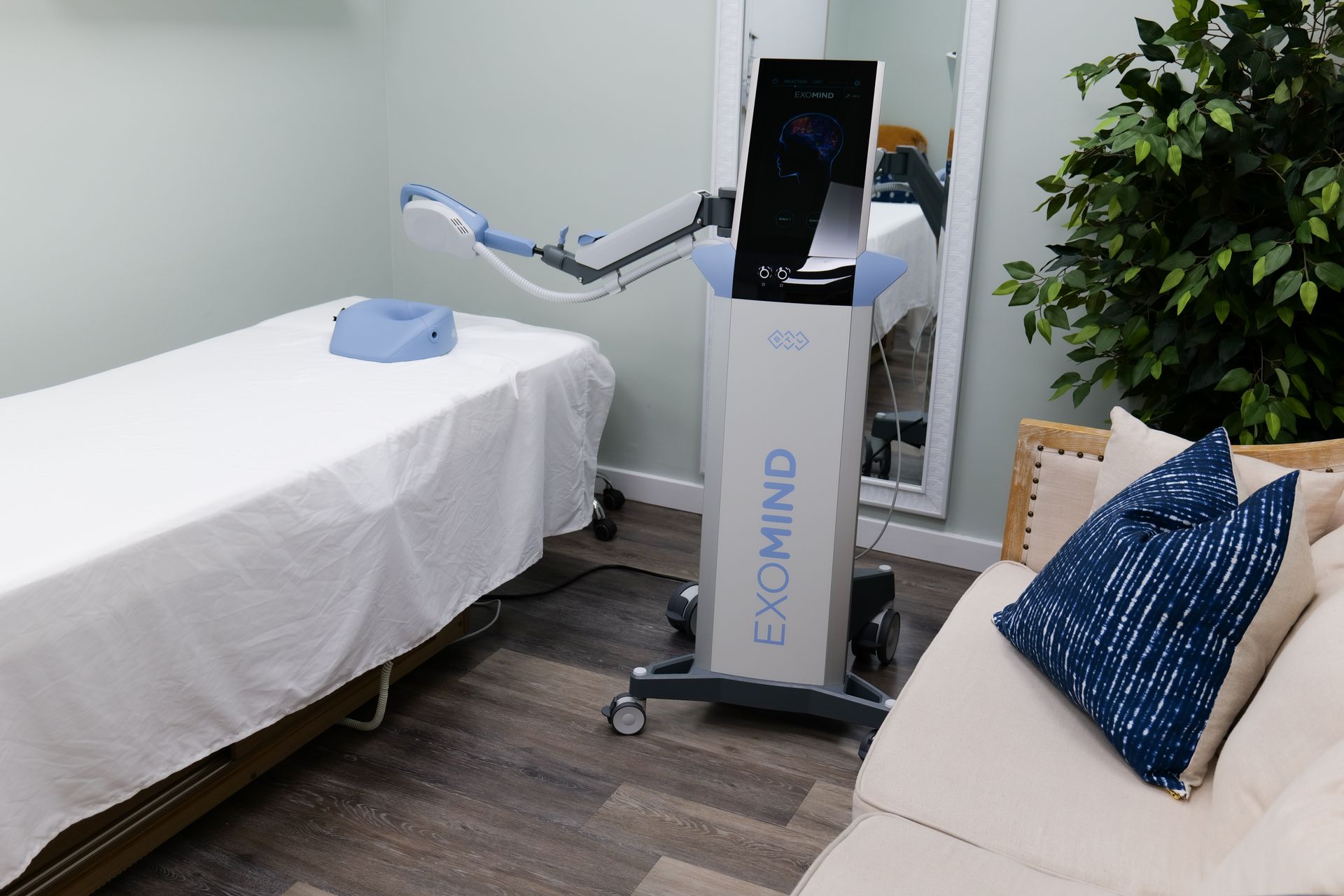What Are the Three Types of TMS?
June 26, 2025
Expert insight to the types of TMS

I get this question a lot. Patients come in confused because they’ve been researching TMS online, and suddenly they’re seeing all these different terms—rTMS, iTBS, dTMS—and their heads are spinning.
Look, I don’t blame them. The TMS world loves its acronyms, and honestly, a lot of the information out there makes it way more complicated than it needs to be.
So let me break this down the way I explain it to my patients.
The Simple Truth About TMS Types
When people ask about “three types of TMS,” they’re usually referring to the main protocols we use clinically. But here’s what I tell everyone: at the end of the day, it’s all TMS. We’re using magnetic fields to stimulate your brain. The differences are in how we deliver those magnetic pulses.
Think of it like coffee. You’ve got drip coffee, espresso, and cold brew. Different methods, same basic idea—extracting caffeine from coffee beans. TMS is similar.
Single-Pulse TMS: The Diagnostic Tool
This is the original TMS from the 1980s. We use single magnetic pulses to test nerve pathways—usually making your thumb twitch to check if signals are getting from your brain to your muscles properly.
It’s fascinating from a medical standpoint, but it’s not going to help your depression. It’s like using a reflex hammer—useful for testing, not for treatment.
Most patients never encounter single-pulse TMS unless they’re having neurological testing done. So honestly? Don’t worry about this one.
Repetitive TMS (rTMS): The Workhorse
This is what put TMS on the map for depression treatment. Instead of single pulses, we deliver trains of pulses in specific patterns.
I’ve been using rTMS for years, and it works. The FDA approved it back in 2008 after solid research showed it helps about half of people with treatment-resistant depression achieve significant improvement.
Here’s what happens: You sit in a comfortable chair. I place a figure-8 coil against your scalp over the left side of your forehead. The machine delivers magnetic pulses that sound like rapid tapping—click, click, click. Each session runs about 19 minutes, though some protocols go longer.
You feel tapping on your scalp. Some people describe it like a woodpecker. It’s not painful, just… present. You’re awake the whole time, no anesthesia needed.
The traditional approach is five days a week for about six weeks. Most insurance companies cover it now, which is great because it used to be a real barrier for people.
Does it work? Yes. Is it perfect? No. Some people need those six weeks of daily visits, which can be tough if you’re working or have family obligations.
Theta Burst Stimulation: The Fast Track
Now this is where things got interesting for me as a clinician.
A few years back, researchers figured out how to deliver TMS in bursts that mimic natural brain rhythms. Instead of steady pulses, we send triplets of high-frequency stimulation at theta rhythm—basically copying patterns your brain already uses.
The breakthrough came with something called intermittent theta burst stimulation, or iTBS. Same targeting, same brain area, but we can do it in three minutes instead of 19.
When I first heard about this, I was skeptical. How could three minutes be as effective as 19? But the research was solid—a big study called THREE-D published in The Lancet showed iTBS worked just as well as standard rTMS.
I started offering it to patients who struggled with the time commitment of traditional TMS. Busy executives, parents with young kids, people who just couldn’t block out 40 minutes every day for weeks.
The results? Just as good. Same improvement rates, same durability. But instead of sitting in my office for half an hour, they’re in and out in minutes.
There’s also continuous theta burst stimulation (cTBS), which does the opposite—it calms down overactive brain areas. We might use this for anxiety or PTSD where certain regions are firing too much instead of too little.
What About Deep TMS?
You’ll sometimes see this called the “fourth type,” though I think that’s stretching it a bit.
Deep TMS uses a helmet with coils arranged in an H-shape instead of the figure-8 pattern. The idea is to reach deeper brain structures and stimulate a broader area.
It works well, especially for OCD—that’s what it got FDA approval for. But it’s less targeted than the figure-8 approach. Sometimes you want precision, sometimes you want broader coverage. Different tools for different jobs.
Our Game-Changer: The ONE-DAY Protocol
Here’s where I get excited, because this is what we’ve developed at KIND TMS that’s truly revolutionary.
Remember how traditional rTMS takes six weeks of daily sessions? And iTBS cuts each session to three minutes but you still need weeks of treatment?
We’ve taken accelerated TMS protocols—based on groundbreaking research from Stanford and other institutions—and compressed an entire treatment course into one intensive day.
I’m not exaggerating when I say this has been life-changing for many of our patients. Instead of arranging their lives around six weeks of daily appointments, they come in for one day and can start feeling better within days to weeks.
Our remission rates with this approach exceed 90% for certain patients. That’s not a typo.
The science behind it makes perfect sense. Your brain doesn’t need six weeks to change—it just needs the right amount of stimulation delivered in the right way. We’re essentially giving your brain what it would get over six weeks, but concentrated into one therapeutic experience.
So Which Type Should You Choose?
This is where I always tell patients: you don’t have to figure this out alone.
Some people love the traditional rTMS approach. It’s well-established, covered by insurance, and the gradual nature feels right to them.
Others are drawn to iTBS because of the efficiency. Three-minute sessions fit better into their lives.
And then there are people who hear about our ONE-DAY protocol and know immediately that’s what they want. They’re tired of their depression, they want faster results, and they’re willing to invest in a treatment that can get them there.
I’ve seen excellent results with all these approaches. What matters most is finding the one that fits your life, your comfort level, and your goals.
The Bottom Line
Here’s what I want you to know: TMS works. Whether we’re talking about traditional rTMS, theta burst stimulation, or accelerated protocols, the research consistently shows significant improvement for most people with treatment-resistant depression.
The mechanism is the same across all approaches—we’re using magnetic fields to reactivate neural networks that control mood. The differences are really about timing and delivery.
I’ve been doing this long enough to see thousands of people get their lives back through TMS. Some prefer the gradual approach, others want the fast track. Both paths can lead to the same destination: feeling like yourself again.
What Happens Next?
If you’re reading this because you’re considering TMS, I want you to know something: just researching treatment options takes courage. Depression lies to you and tells you nothing will help. But you’re here, reading this, which means part of you still has hope.
That’s the part I want to work with.
Whether you’re interested in traditional rTMS, theta burst stimulation, or our ONE-DAY protocol, the next step is the same: a conversation. Not a sales pitch, just an honest discussion about where you are, where you want to be, and how we might help you get there.
Because everyone deserves to feel hopeful about their future. Everyone deserves effective treatment that works with their life, not against it.
And everyone deserves to rediscover the person they used to be before depression took over.
We’re here when you’re ready to take that
next step!

Meet the Author
Dr. Georgine Nanos, MD, MPH
Founder of Kind Health Group















































